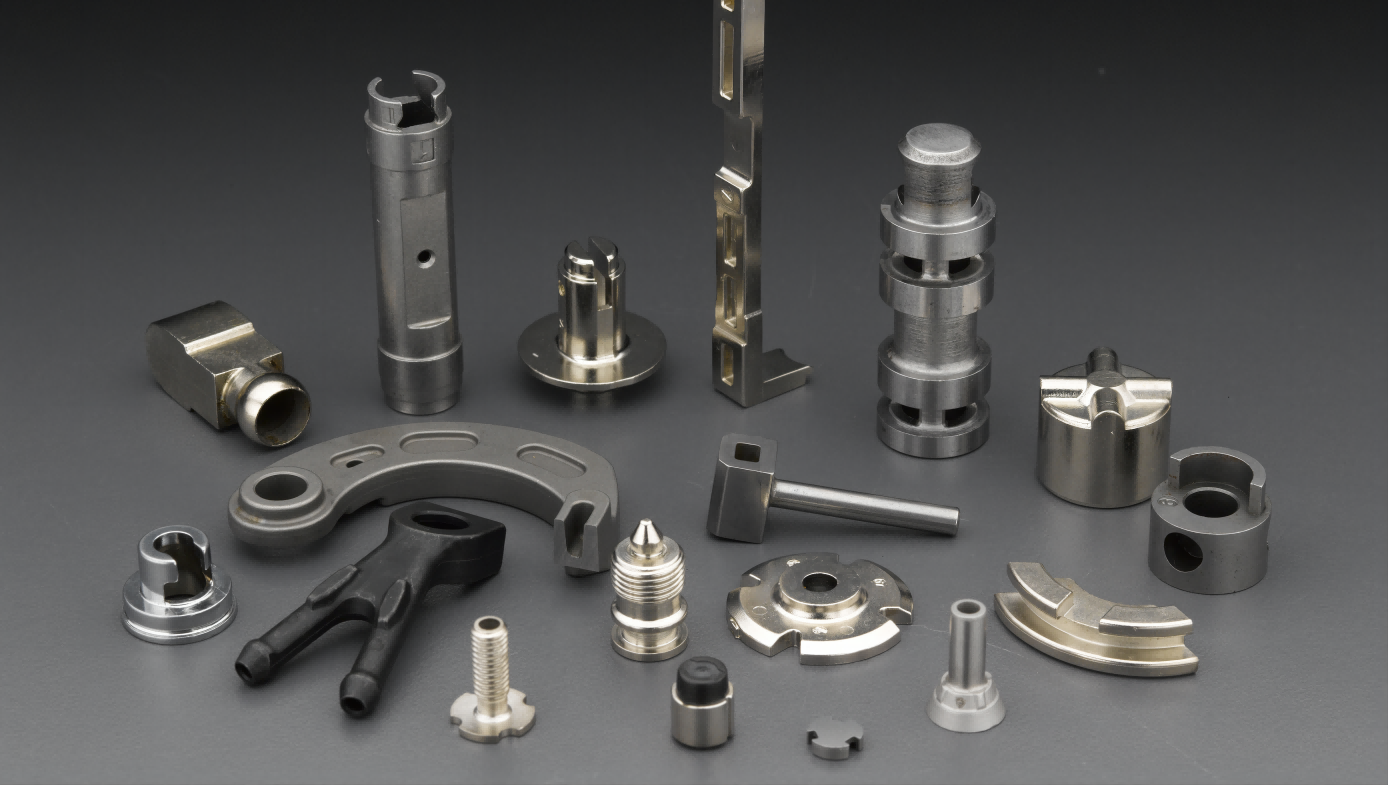Metal Injection Molding (MIM) is a widely used process in manufacturing to produce a variety of complex shaped parts. It is not only applicable to plastic products, but can also be used to manufacture metal and ceramic products. In this article, we will focus on injection molding technology for metals and ceramics.
Metal injection molding technology is a process in which metal powder is molded into parts with a certain shape by high-pressure injection. This technology can be used to produce various metal products, such as automotive parts, electronic devices, and medical devices. The advantage of metal injection molding is that it can produce complex shapes with high precision and high strength, so it has been widely used in industrial manufacturing.
The process of metal injection molding consists of four main steps: mixing of metal powder, injection molding, drying and sintering. First, the metal powders are mixed to obtain the desired chemical composition and granularity. Then, the mixed powder is loaded into the injection machine and injected into the desired shape under high pressure. After injection molding, the parts are placed in an oven for drying to remove residual moisture and volatile organic compounds. Finally, the parts are placed in a sintering oven where they are sintered at high temperatures to give them sufficient strength and hardness.
In contrast, ceramic injection molding technology is relatively more complex. Ceramic injection molding consists of two main steps: raw material preparation and injection molding. The raw material preparation includes mixing, molding and drying to produce the desired ceramic powder. Then, the ceramic powder is placed in an injection machine and injected into the desired shape under high pressure. The difficulty of ceramic injection molding is that ceramic powder tends to clog the injection machine, and the molding process of ceramic materials requires high temperature and high pressure, which is also more demanding for the injection machine. However, the advantage of ceramic injection molding is that it can produce high strength, high hardness and high precision ceramic products, which are widely used in electronics, aviation and medical fields.
Overall, injection molding technology for metals and ceramics has important applications in the manufacturing field. This manufacturing process can produce parts with complex shapes and high precision in a short period of time, improving production efficiency and product quality, reducing production costs and environmental pollution. At the same time, this technology also brings new development opportunities and challenges for industrial manufacturing.
As technology continues to advance and the demand for high precision, high strength and high wear resistance continues to increase, injection molding technology will continue to evolve and improve. For example, some manufacturers are developing new alloy and ceramic materials to meet the needs of different industries. In addition, some innovative companies are experimenting with 3D printing technology combined with injection molding to create more complex structures and shapes.

In addition to the physical properties, processing conditions and manufacturing costs of metals and ceramics mentioned above, there are some other points of note to consider:
1. Mold design: The accuracy and quality of the mold design is very important to the success of injection molding. The mold needs to be accurately developed for the shape and size of the part, as well as the proper injection gate and venting system.
2. Filling time and pressure control: Filling time and pressure control are critical to ensure the quality and integrity of the part. Too long or too short filling time, too high or too low pressure can lead to quality problems such as surface defects, bubbles and shrinkage of the part.
3. Temperature control: The injection molding process requires control of the temperature of the metal or ceramic material to ensure material flow and molten state. Too high or too low temperature may affect the material fluidity and solidification process, resulting in quality problems of the products.
4. Material selection: Different materials are suitable for different manufacturing needs, so you need to choose the right material according to the specific product requirements. For example, for products requiring high strength and wear resistance, metal materials such as steel and titanium alloy can be selected; for products requiring high temperature and corrosion resistance, ceramic materials such as alumina and silicon carbide can be selected.
In summary, injection molding technology for metals and ceramics is an efficient, accurate and economical manufacturing method, but various factors need to be paid attention to in terms of design, control and material selection to ensure product quality and production efficiency.
In conclusion, injection molding technology has a wide range of application prospects in the production of metal and ceramic products. It can not only improve the production efficiency and product quality, but also bring more innovation and development opportunities to the manufacturing industry.
XY-GLOBAL has a rigorous process in place for every step from production to mass production. If you need custom j-metal powder metallurgy parts, contact xy-global for a dedicated engineering team to solve your problems and get high quality on-demand parts with professional prototyping and production capabilities. Our quotes and DFM analysis can be completed online in minutes, and quality parts can be delivered in days.


Share:
The Advantages of Using Metal Injection Molding for Watch Parts
Application of Aluminum Parts in Injection Molding Technology